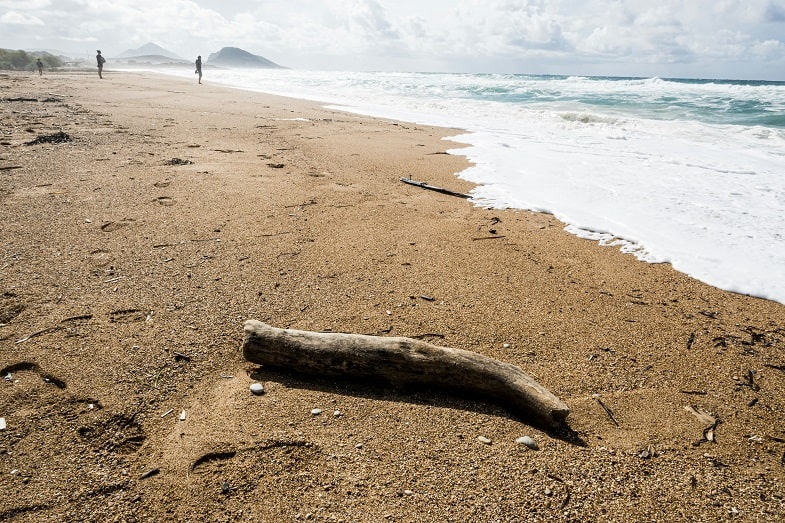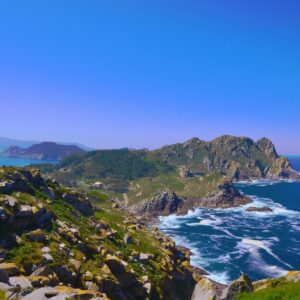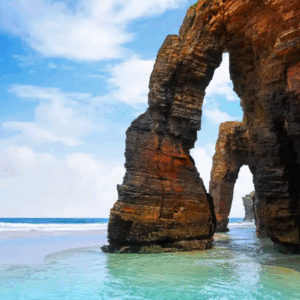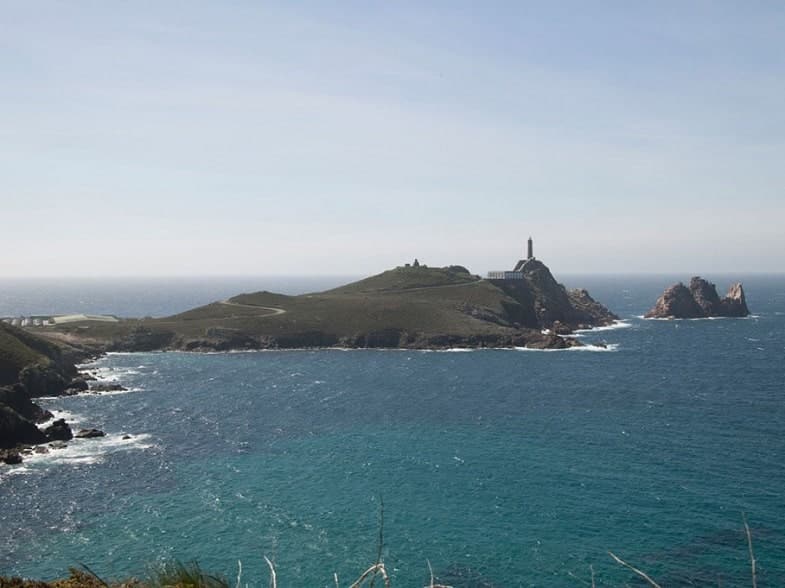What to see on the Costa da Morte

Table of Contents
What to see on the Costa da Morte: discover it
The Costa da Morte, located in the region of Galicia, is one of the most fascinating and mysterious areas of this European country.
Its name comes from the numerous shipwrecks that have occurred along its rugged coastline, but beyond the stories of sailors and lost ships, this region offers a stunning mix of natural beauty, rich culture, and intriguing history.
Here we present a list of places of interest to take a tour of some of the most notable sites that you cannot miss on the Costa da Morte.
Galicia Travels products
-

Rias Baixas Excursion
Rated 4.93 out of 530,00€ – 55,00€Price range: 30,00€ through 55,00€ Select date(s) This product has multiple variants. The options may be chosen on the product page -

Playa de Catedrales – Mariña Lucense – Asturias
Rated 4.92 out of 535,00€ – 60,00€Price range: 35,00€ through 60,00€ Select date(s) This product has multiple variants. The options may be chosen on the product page -

French Way
360,00€ – 2.150,00€Price range: 360,00€ through 2.150,00€ Select options This product has multiple variants. The options may be chosen on the product page -
Sale!

Finisterre, Muxía, Costa da Morte
Rated 4.94 out of 520,00€ – 49,00€Price range: 20,00€ through 49,00€ Select date(s) This product has multiple variants. The options may be chosen on the product page
Cape Finisterre: The end of the world
What to see on the Costa da Morte? The first thing, obviously, is Finisterre and its cape.
Cape Finisterre, known in Latin as “Finis Terrae” or “the end of the world”, is one of the most emblematic points of the Costa da Morte. This cape is famous for being the final point of the Camino de Santiago for many pilgrims who wish to continue their journey to the Atlantic Ocean.
From the Finisterre lighthouse, you can enjoy stunning views of the sea and spectacular sunsets that seem to fall beyond the horizon.
Muxía: Sanctuary of the Virxe da Barca
Muxía is another of the essential places. Here you will find the Santuario de la Virxe da Barca, a place of pilgrimage with a legend that speaks of the appearance of the Virgin Mary in a stone boat to encourage the apostle Santiago in his evangelizing mission.
In addition, the area is known for its unique rock formations, such as the “Pedra de Abalar” a Pedra dos Namorados and the “Pedra dos Cadrís”, which according to local tradition have miraculous powers since they were the remains of a boat with which The Virgin Mary arrived to these shores.
This place is very famous for also appearing in the famous Martin Sheen film The Way, set on the Camino de Santiago.
Read also: WHAT TO SEE IN FINISTERRE

Cape Vilán is home to one of the oldest and most powerful lighthouses in Spain.
Cape Vilán is home to one of the oldest and most powerful lighthouses in Spain. Built in the 19th century, this lighthouse is essential for guiding ships away from the treacherous rocks of the coast.
The cliffs surrounding the lighthouse offer spectacular landscapes, especially when the Atlantic shows its strength during storms. Additionally, the lighthouse’s interpretation center provides detailed information on the maritime history of the region.
Carnota Beach: Sand and sea at its best
With more than seven kilometers in length, Carnota Beach is the longest in Galicia and one of the most beautiful in Spain. This extensive sandy area is ideal for lovers of nature and outdoor activities. The beach is surrounded by dunes and marshes that are home to rich biodiversity, especially protected birds.
In addition, from here you can see the area of Mount Pindo and other areas of historical interest while enjoying the tranquility offered by this natural environment.
Ézaro Waterfall: Nature in motion
The Ézaro Waterfall It is a unique natural wonder in Europe, as it is the only waterfall on the continent that flows directly into the sea through the small Xallas River. At more than 30 meters high, it surprises travelers with its majesty, creating a unique visual spectacle.
Near the waterfall there is a viewpoint that offers a panoramic view of the surroundings and the sea. From that viewpoint you can see the gigantic Mount Pindo, the ancient sacred mountain of the Galician peoples and closely related to the Castro culture, the main culture of the northern peninsula during the Bronze Age and the Iron Age.
Dombate Dolmen: Testimony of ancient times
For those interested in ancient history, the Dombate Dolmen is a must-see. This megalithic monument, dated to 4000 BC, is one of the best preserved dolmens in Galicia. The structure, composed of enormous stones arranged to form a burial chamber, is an impressive testament to the funerary practices of the region’s first agricultural communities.
Camariñas: Lace and nature
Camariñas is known for its traditional bobbin lace (“encaje de Camariñas”), a craft that has been passed down from generation to generation.
At the local museum, visitors can learn about this technique and see lace makers in action.
In addition, Camariñas has beautiful beaches and coastal trails that allow you to explore its rugged coastline and enjoy nature. It is the center of the Costa da Morte and a place where numerous shipwrecks occurred, such as that of the famous British ship Serpent.
Conclusion
The Costa da Morte is a region that perfectly combines nature, history and culture. From its stunning headlands and beaches to its ancient monuments and living traditions, every corner of this coast tells a story and offers a unique experience.
Visit the Costa da Mortespan , enter a world where sea and land meet in a dramatic and beautiful way, and where every wave and every stone has a story to tell.
Nowadays traveling there is very easy and is just a click away. Agencies like Galicia Travels they offer several excursions and organized trips to visit these wonderful environments in the most comfortable way and in a single day from Santiago de Compostela. Without a doubt an opportunity worth taking advantage of.
